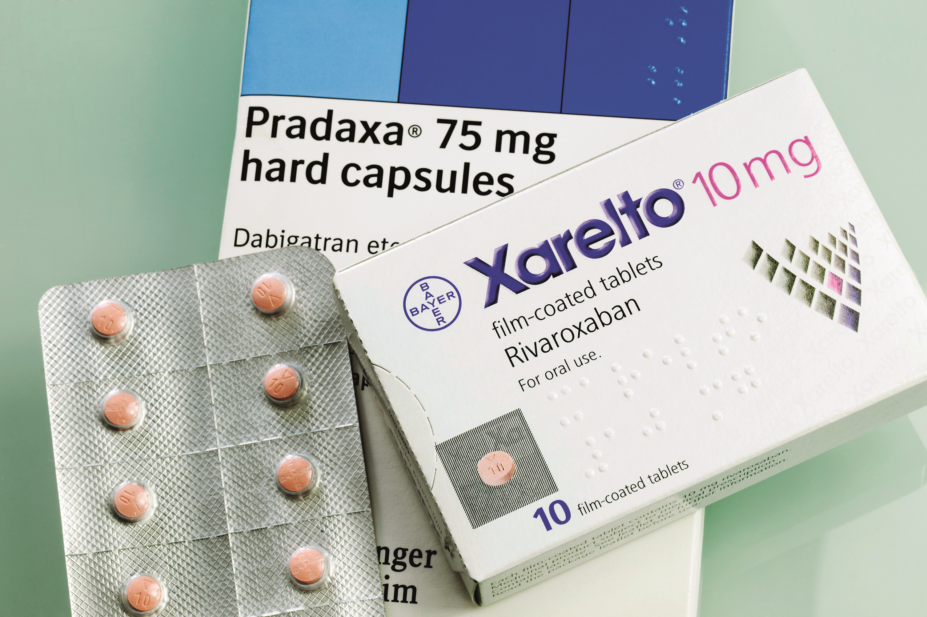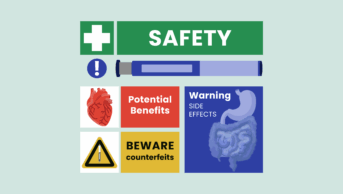
Science Photo Library
Pharmacist advice on inappropriate direct oral anticoagulant (DOAC) prescribing was accepted by physicians in four out of five cases, according to a new study of hospitalised patients in Belgium.
A total of 1,688 patients in a tertiary hospital in Brussels, all of whom had atrial fibrillation and were taking DOACs, were included in the study, which was published in the British Journal of Clinical Pharmacology on 31 July 2021. When pharmacists looked at the appropriateness of their prescriptions, inappropriate DOAC prescribing was identified in 286 (16.9%) of patients. Underdosing was more common than overdosing, with underdosing found in 9.7% of patients compared with 6.9% who were on too high a dose, the authors said.
According to the report, hospital physicians were contacted by pharmacists in 226 cases and they accepted pharmacist advice on dose adjustment in 179 of those cases (79.2%). Of these, 92 cases (51.4%) related to underdosing and 82 (45.8%) to overdosing. Five cases (2.8%) related to advice on contraindications.
Paul Wright, lead cardiac pharmacist at Barts Heart Centre, Barts Health NHS Trust, said the study “echoes previous data suggesting a significant proportion of patients on DOACs may be over or underdosed”, and “demonstrates the significant value of pharmacists in reviewing/optimising DOAC prescribing”.
He added that the study suggests “metrics such as body weight of <60kg and renal impairment [are] some of the key metrics that led to incorrect dosing. Being mindful that weight is required to calculate a creatinine clearance, this is a key metric to know — this is often omitted from GP records and may not always be available at the point of prescribing”.
Wright said that making improvements at the point of prescribing would be preferable, adding that “utilising systems such as electronic prescribing, and linking this to records of a patients weight and a calculated creatinine clearance, may further support improvements in DOAC prescribing”.
Recent guidance from the National Institute for Health and Care Excellence (NICE), published on 27 April 2021, said that all four DOACs — apixaban, dabigatran, edoxaban and rivaroxaban — could be used by people with atrial fibrillation and a CHA2DS2‑VASc score of 2 or above for the prevention of stroke.
At the time, a statement from NICE said that the guidance would “likely to lead to a change in current practice, with a reduction in warfarin use”.
The guidance noted that evidence shows that DOACs “are more effective than warfarin for a number of outcomes” and that they “offered a better balance of benefits to costs than warfarin”.
READ MORE: Patients are at risk of falling through gaps in anticoagulation care — but pharmacy can help


